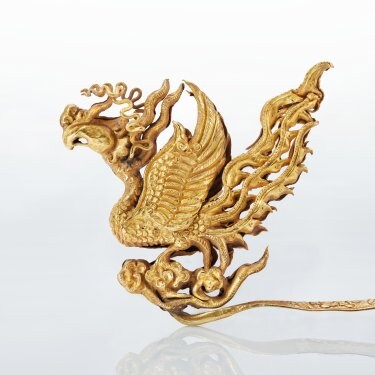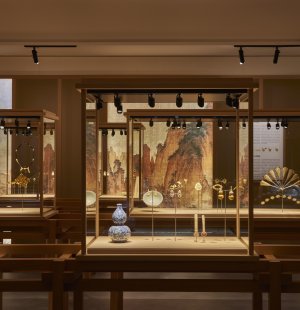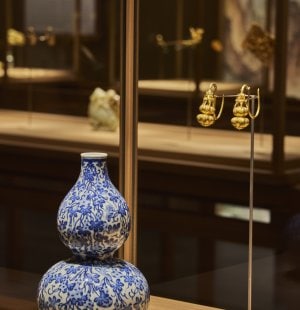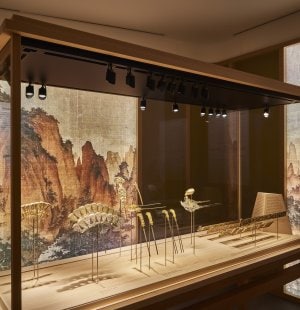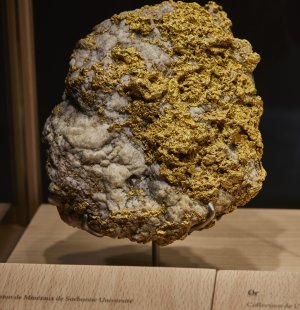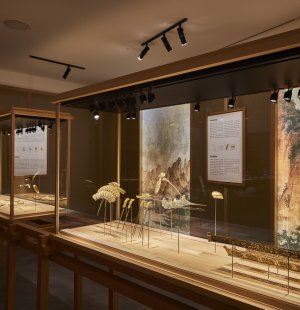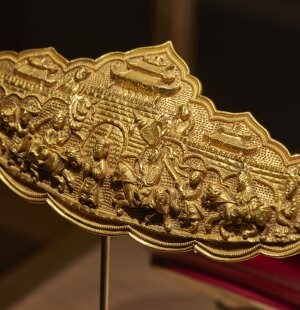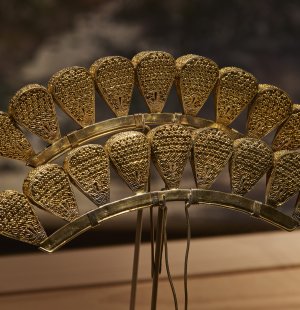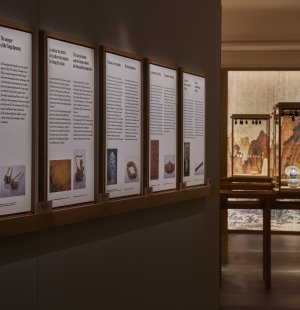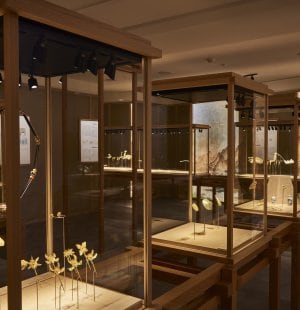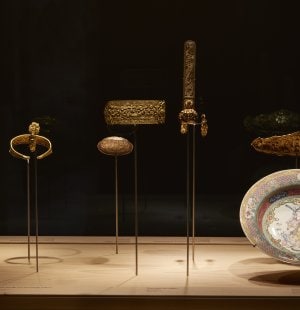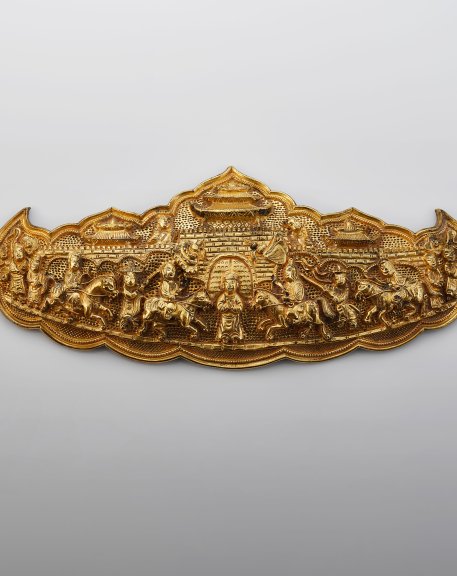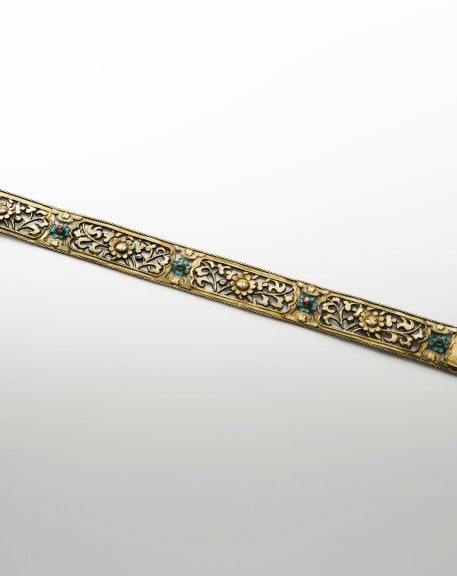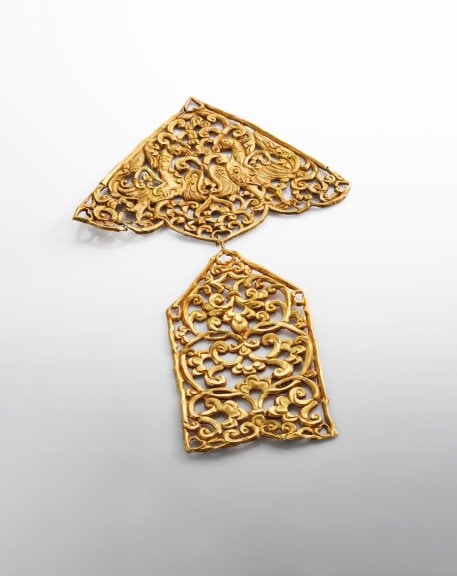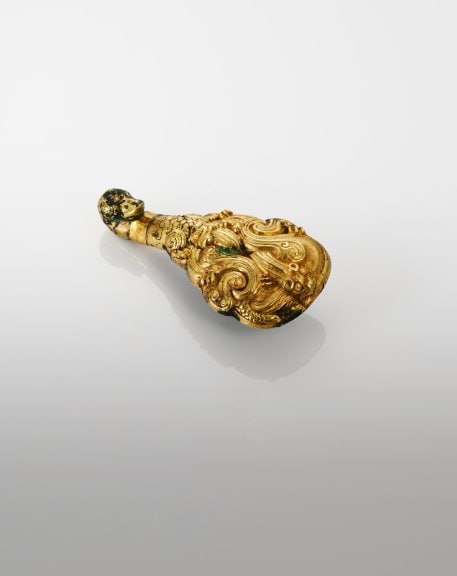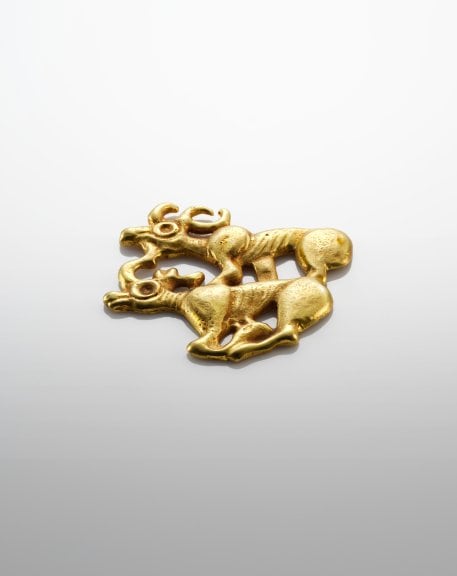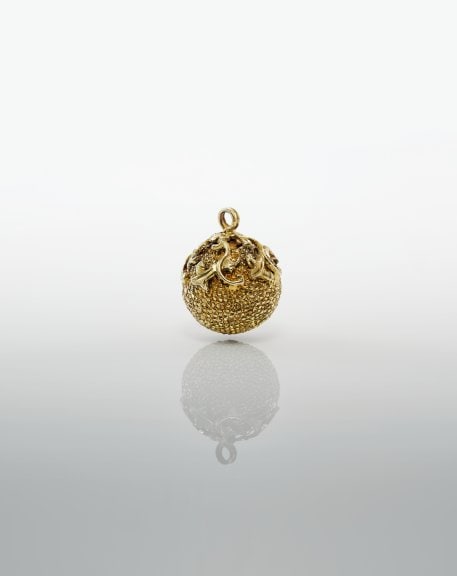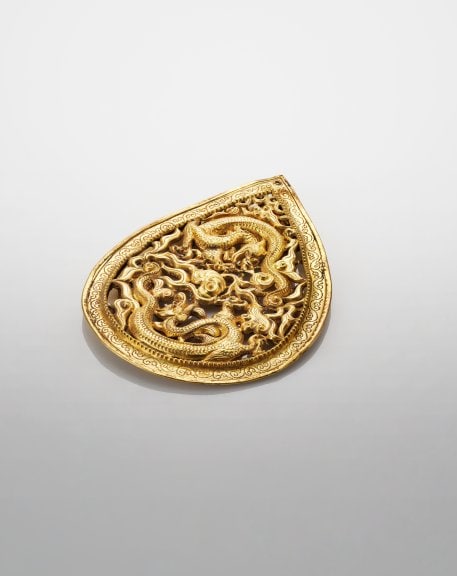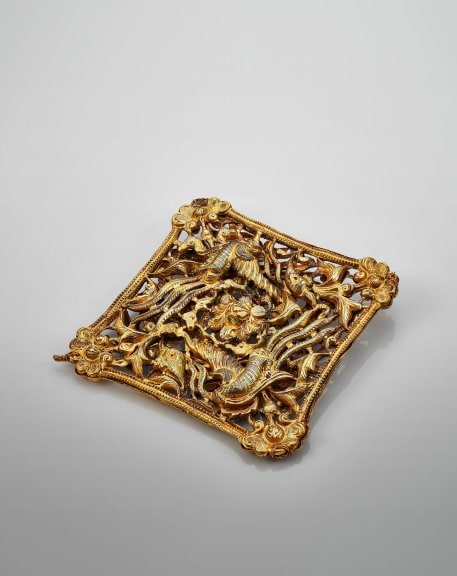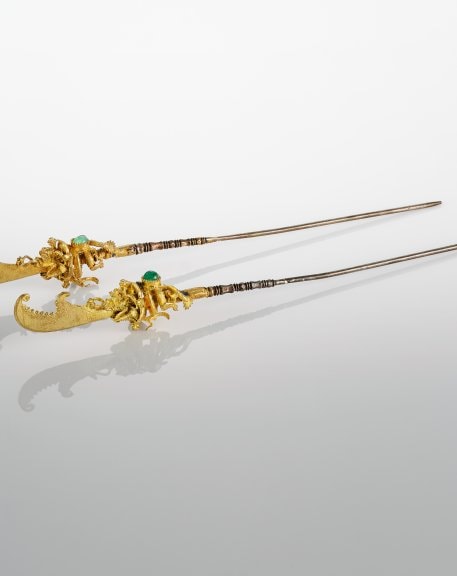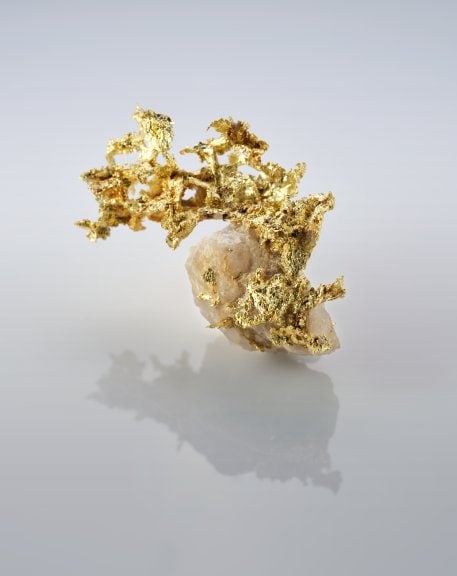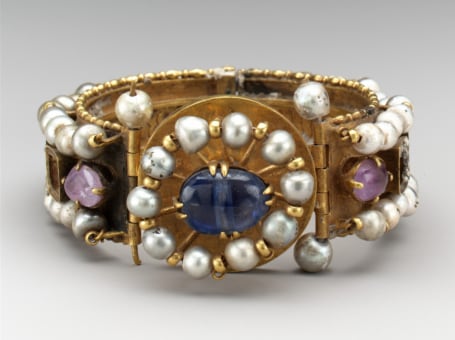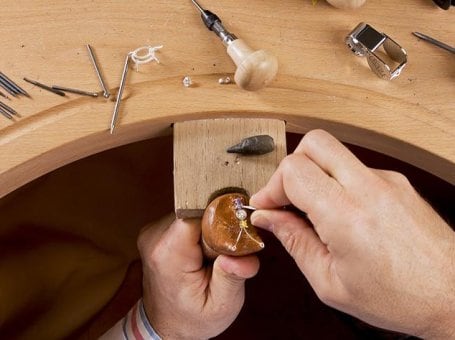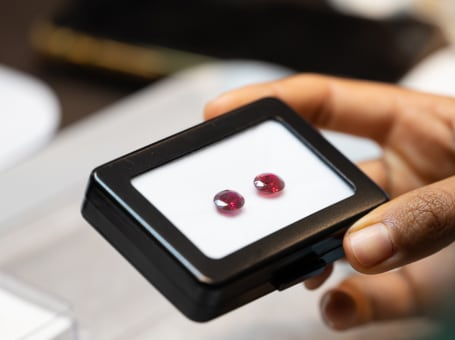Gold was rarely seen in China before the Han dynasty and was mainly used to embellish other materials such as bronze or to realize small objects. For the Steppe peoples of northern China, however, it played an essential role in society. Frequent exchanges between central China and nomadic peoples led to a dramatic increase in the production and use of gold ornaments, which became veritable symbols of power and represented the high rank of those who wore them. They are also invaluable in bearing witness to the savoir-faire of Chinese goldsmiths over the centuries.
Replete with various symbolic meanings that are deciphered throughout the exhibition, these ornaments span more than three thousand years of Chinese history. All are part of the exceptional Mengdiexuan Collection, one of Hong Kong’s most extraordinary private art collections, focused on Chinese art. L’ÉCOLE, School of Jewelry Arts is honored to present the collection in Paris, following a first exhibition on its Hong Kong campus two years ago.
By bringing art history, savoir-faire, and materials into dialogue, the exhibition resonates with the mission pursued by L’ÉCOLE, School of Jewelry Arts since its creation in 2012 with the support of Van Cleef & Arpels, that of promoting the many dimensions of the art of jewelry through courses, talks, workshops, exhibitions, publications, and research.
Photo: Hairpin with phoenix design. Gold, Song Dynasty, 960-1279. Mengdiexuan Collection.
